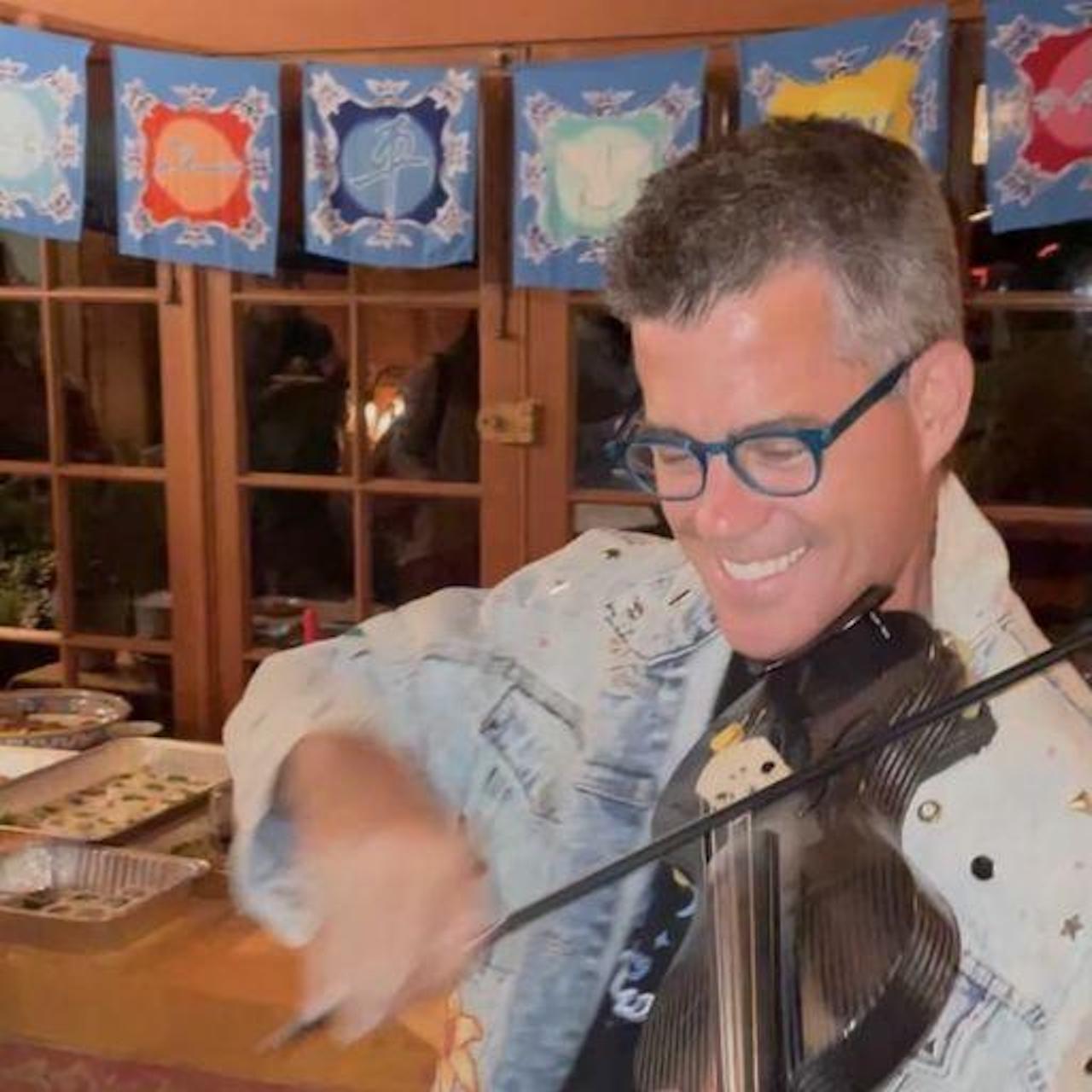

Everyone loves the arts. Whether it is literature, painting, sculpture, or music, you surely enjoy at least one of these creative expressions or a combination of them. It has been 66,700 years since the first known hand stencils were created in the cave of Maltravieso. Today, just like our ancestors did, we are constantly finding new mediums to express our creativity, thoughts, and experiences.
Technologies like generative AI represent some of the newest tools we have at our disposal to create art. However, despite the new possibilities these technologies bring to artists and regular people all over the world, the world of the arts seems to be at a crossroads. Artists all over the world have reacted differently to these technologies, with some like the legendary animator Hayao Miyazaki going as far as stating “I feel like we are nearing the end of times. We humans are losing faith in ourselves.”
While most of the focus has been on how generative AI affects creative fields like writing and digital art, no field seems to actually be safe from its influence. McKinsey & Company predicts that the world of fashion will soon see a spike in the use of AI models, just like sculpture, music, film, and others have experienced
“I’ve been investing in tech startups for decades now and I’ve seen a lot of things during this time. I still couldn’t help but be surprised when entrepreneurs looking to get funded started showing me these models some years ago,” says serial entrepreneur and investor Seth Taube. “We knew they were coming but it really blew my mind how accessible and effective they were, and how quickly they have evolved.”
Many experts were surprised at how generative AI models with such capabilities became available to the public in such a short period of time. Back in April 2017, Artnet was reporting on how Google’s AutoDraw could make stock art out of its users’ doodles. Only one month later, former Google and Microsoft executive Kai-Fu Lee told Quartz that art was “very hard to replicate” for AI, meaning that artists would be safe from being replaced by AI.
“So far, AI is only able to simulate human creativity by making use of existing works created by real artists, often without their permission or any compensation,” explains Taube. “Unfortunately, instead of thinking of these AI models as a tool for artists to enhance their natural talents across the board, they are being taught about them as a replacement.”
Taube is also an experienced and talented violinist in addition to his decades of experience working in tech as an investor, giving him a unique perspective on this matter. His passion for music has led him to keep a close eye on how AI is being applied in the world of music. While having already performed in some of the world’s most recognized venues he will likely not be too impacted by AI, he believes that the true risk of AI could be more existential in nature for the arts.
“A big part of my philanthropic efforts has been focused on the arts. I want to see young artists excited about their future, fans having multiple opportunities to enjoy music, and people healing through the power of music,” concludes Taube. “The next Beethoven could be out there, wondering if their passion for music is even worth exploring in a world increasingly influenced by AI. As investors, users, and artists, we have a responsibility to ensure AI doesn’t take that away from them or us.”







